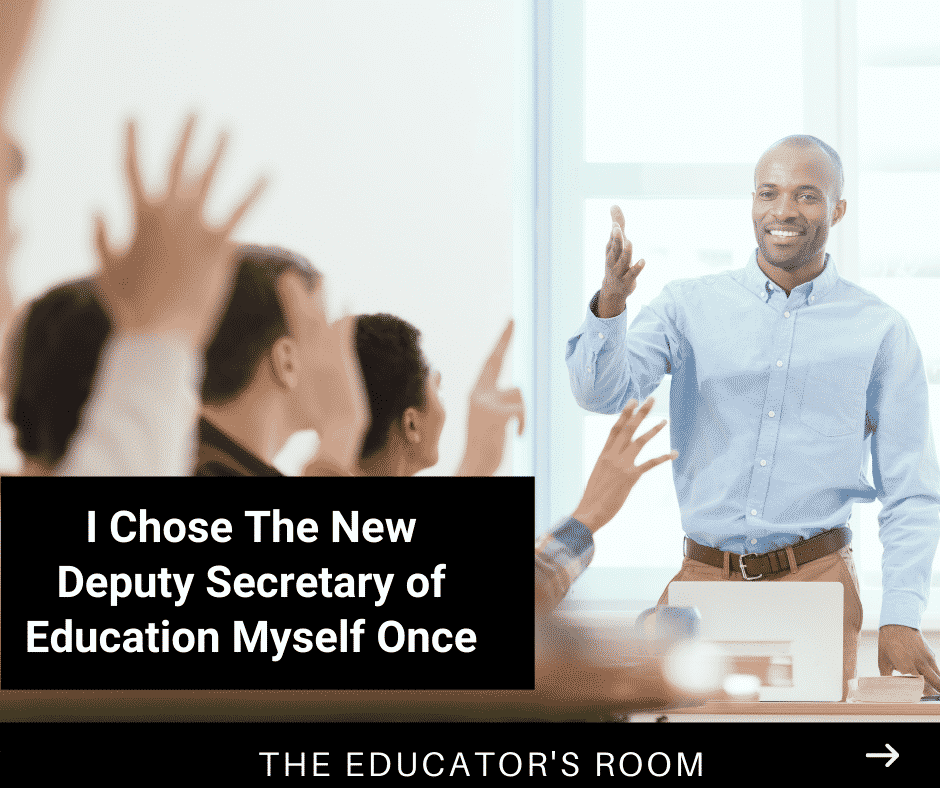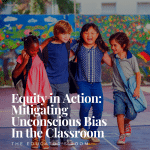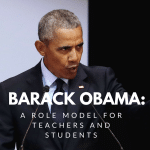The school in which I teach, and now send my daughter to learn, lies in one of the lowest socioeconomic neighborhoods in San Diego. Nearly all of its students qualify for free and reduced lunch, the vast majority of the students speak English as a second language and teachers teach their hearts out. But there’s something else about us here, and maybe you haven’t heard. You see, the best kids in the world go to school here each and every day, while the best parents in the world trust the best teachers in the world to work hard for them.
Do you believe that? I do.
My students do. My daughter does.
And so does Cindy Marten.
In 2002, I was teaching at Chollas-Mead Elementary– just up the freeway from where Cindy Marten was a teacher and later would become principal–in a nearly identical community of learners. In 2013, the SDUSD School Board would vote to make her superintendent, and in two years I would bring my own son, later my daughter, from a charter school to mine, due in part to policies she championed and what she believed about kids.
And I couldn’t be happier that Mrs. Marten is going to Washington, DC as the United States Deputy Secretary of Education.
And here’s why: As it relates to my students and families, the problem with the educational policy is often that it’s created top-down, and implemented bottom-up. As someone who has spoken at length in capitol hallways with legislative aides, where those two paths meet is often a fuzzy, hazy area. It seems to require someone who cares about those at the bottom, as much as making budgetary sense from the top. And that is what you get with Cindy Marten.
What I love about the Cindy Marten pick isn’t just the way she has handled SDUSD since being selected, superintendent. Cindy led SDUSD at a time when the failings of NCLB were finally becoming more transparent, but when Race to the Top was pressuring large urban districts like ours to push the privatization button to get much-needed pots of federal money. We were directly impacted by this in one fell swoop here where I teach, and it was impacting Cindy’s school too.
Despite the fact she herself was educated in a private school, Cindy became a public school advocate of real change. Not only did her test scores rise, but far more importantly her community of parents and kids came together. My principal at the time took note, and I still write today about the things we implemented in a similar fashion. This was the model that SDUSD would use under her leadership, a model that was a return to common sense and faith in our communities.
Importantly, I think one of Cindy’s best moves was to realize that literacy and how it was taught would change our district fundamentally. Under her leadership, we began to finally teach gaps in what data told us kids needed, instead of collecting data on what kids would need for testing. It was a very real shift. I can tell you it changed my own son’s reading and later my daughter’s as well.
Literacy gains alone would have been a massive feather in her cap. But we also retooled math with training NOT adapted for better test results, but a better understanding of the material. Again, this was a fundamental shift that was essentially trusting the children to learn and then trusting them to SHOW that learning on exams. Under NCLB, business as usual had been distrusting our kids by teaching to a test for fear they’d need review again and again.
Meanwhile, we were suddenly seeing programs and connections with the community for arts and sciences approved and applauded by the office of the superintendent. These programs had all but died years earlier. For teachers like me, for my families I serve, it was a breath of fresh air.
Cindy didn’t reduce rigor which could have happened with new testing pilots–instead, she led the way with solid investments in training and student advocacy trusting that better-prepared teachers and more welcoming schools would make better students and more involved parents. It worked! Even when funds were limited, we had a youth advocacy department and took social and emotional competencies seriously, long before it became the talk of the town.
We have a lot of equity issues to address in education, and those issues have impacted marginalized children and their families in ways that feel criminal to a teacher, and parent, like me. But as a teacher and now a parent of a fifth-grade daughter at Chollas Mead, a school a lot like Cindy’s, I am quite happy with her selection, because I chose her for my kids too. She will have a lot of work to do in order to find ways to apply the type of leadership that has made her successful here at SDUSD. Yet, first and foremost we have someone directly under Miguel Cardona, who has taught at a school where she empowered kids and families that others didn’t, be successful with kids where others weren’t, and after leaving the classroom still made decisions with the best interests for the best students in the world.
I’m proud to say that the best students in the world are right here at 45th and Market Street, and I’m happy to know that at least one person working in the US Education Department finally gets that.






